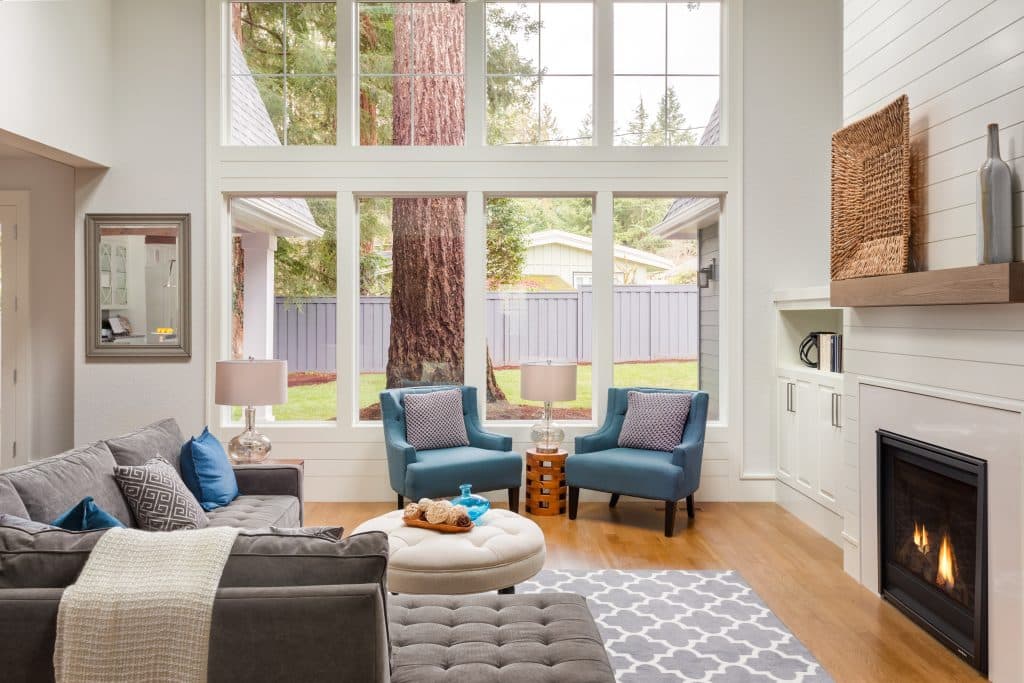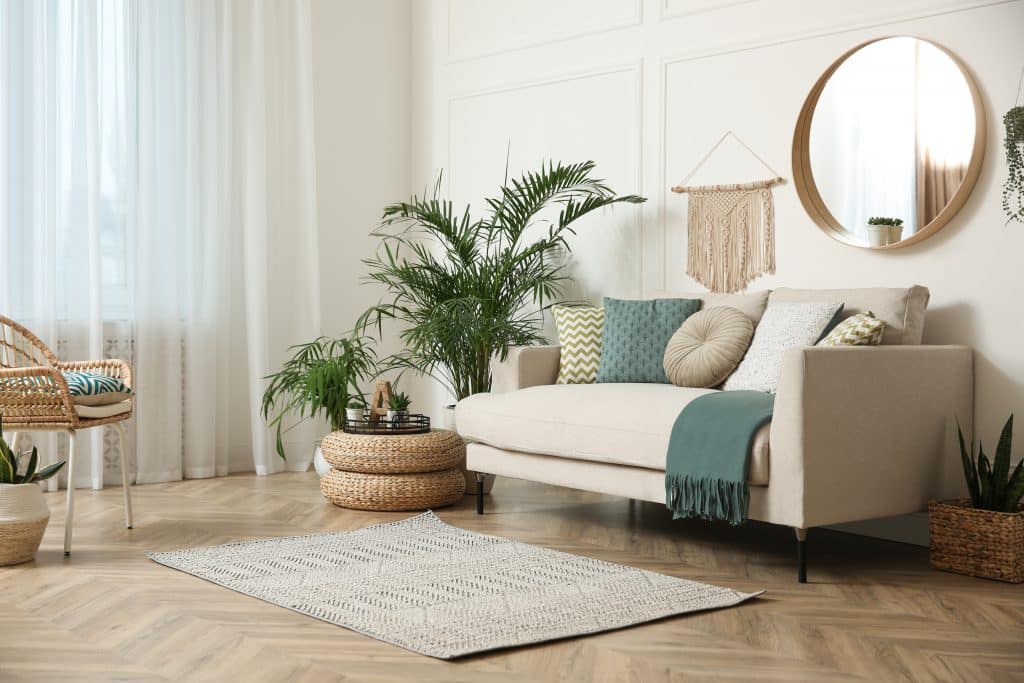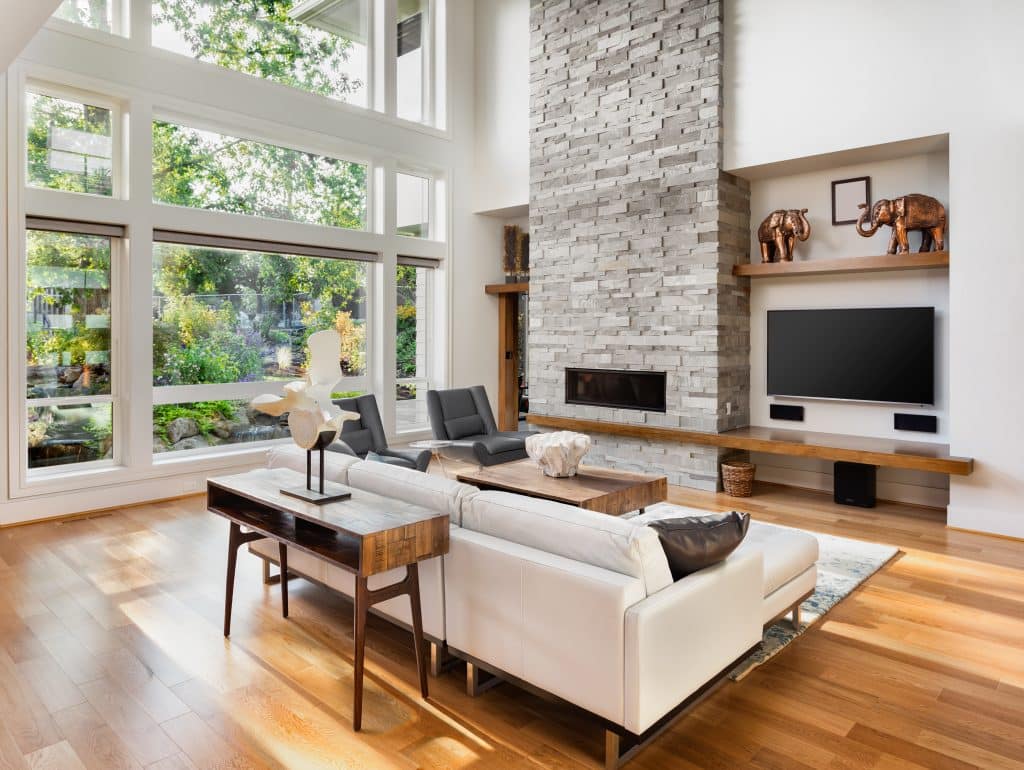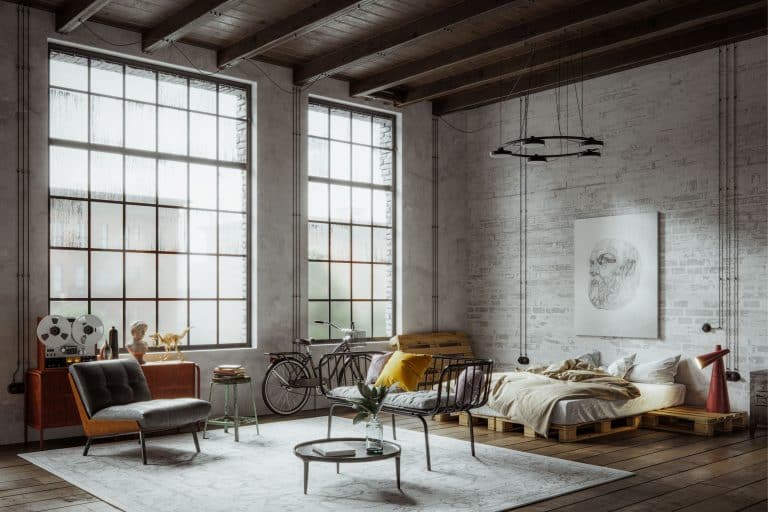When you buy a house, one of the first things you might ask is why it has two living rooms. So what’s the difference between them?
Several critical differences between the living and family rooms make each special. In most cases, the main difference is that the living room is suitable for formal occasions, generally to entertain guests, while the family room is used more for everyday use by family and close friends.

Living Room
The living room served as our formal display area to receive guests in most homes and was once used only at night or on special occasions.
However, some living room in contemporary dwellings is relaxed. In contrast, others still retain their underpinnings as an appropriate place for hosting and receiving guests or relatives who come over during special occasions such as holiday celebrations.
More recently, this has changed drastically due to the transformation of an upstairs hall into just another familiar gathering spot where people can be themselves without fear of judgment from others around them.
Fortunately, due to no strict social norms, everyone feels free enough to speak their minds before each other, with nothing holding back discussion or creativity.
Family Room
The family room is more relaxed than the living room, with children often welcome.
It’s an older concept dating back to mid-century times when people wanted their private gathering places in homes that could fit everyone together at night without being too crowded or stuffy.
They serve much of the same function within your abode; they offer comfortability after long days working outside for adults and kids alike.
There are significant differences worth noting: while still providing comfortable seats where friends might convene upon occasions.
Located Areas And Size
Living rooms are the most spacious room in most larger homes, usually linked with the dining area.
They’re usually located either in the front area (frequently called ‘front rooms’) or the middle of the house.
They provide living spaces for large couches and an entertainment center or stereo system.
Living rooms need a big open floor plan to display art pieces like sculptures without being crowded out by other items inside your house’s decorating scheme.
The family room is often an ample casual space, but instead of being located at the front of your house like in other types, it’s set farther back and serves as an open-concept area for friends and family.
These areas often lead into the kitchen, where doors open onto your deck or patio with at least one window looking out over lush landscaping.

Function
When designing a formal living room in your house, it is crucial to consider what type of spaces you are trying to create and the functionality.
There are a variety of different functions formal living rooms can serve. For example, some people see them as traditional spaces for entertaining guests on special occasions.
In contrast, others might view the formal room more like an oasis separate from their lived-in (and potentially cluttered) surroundings for privacy or peace & quiet).
Most family rooms are kid-friendly and center around media consumption with entertainment systems, which is the perfect place to relax with your family after a long day of work.
This room should have enough floor space for all members of our loved ones without feeling cramped or uncomfortable when it’s the time to gather around for social and recreational needs.
The family room is often a less formal space than the living room.
It’s where you can gather and relax in large groups or individually, so it needs furniture with an excellent variety to match both purposes well.
For example, you might show off your tasteful art collection at home but not here; instead, let photos hang on walls for everyone who visits this place.
Design and Decor
The interior design of both rooms is identical but has differences.
For example, when selecting furnishings and decors, you may have a few minor discrepancies that reflect your preference.
The living room is the place to be if you want style and formality; this includes wingback chairs instead of a sofa with knickknacks cluttered around it – even though both settings may contain similarities, such as a coffee table plus side tables (or end Tables).
Living rooms often contain artwork that family members admire. These could be family portraits or of ancestors instead if you’re from England.
Suppose anything is displayed prominently in the room itself; it’ll likely show snapshots at different points throughout your life rather than everything captured together like a photo album.
The family room is a great room where the entire family can spend time together and enjoy their favorite activities; unlike the living room, this home area should feel cozy instead.
If you want more floor-topping pleasure without sacrificing comfort to watch TV, don’t forget about some snacks in case someone gets hungry during all those movie scenes.
Family rooms are also great for playing board games in peace.
Family rooms serve as the perfect place to bring your kids, so it is ideal for decorating them with fine art and favorite family heirlooms that they will enjoy.
As this is the perfect place for kids to play games and create messes daily; hence it’s essential to make sure all of your furniture and surfaces are easy to clean.
The family room is also ideal for hosting a child’s party.

Furniture
The living room is where you’ll find your most luxurious pieces, like beautiful couches and beautiful lamps.
The space should show off these luxuries instead of hiding them in a nook or corner, so you must make sure you have a lovely, comfortable couch. Couches are often placed away from walls with space to walk around them.
This use of more flooring can signal luxury or formality, depending on what you’re going for in your home decorating style.
For example, a well-placed sofa can set an aesthetic tone for your space and give off signals about what kind of sophistication someone might be able to feel inside when they walk in.
The more open a space is in a room, the more miniature furniture it needs.
The family room is the perfect place for choosing furniture with comfortable seating options like complete sofa sets, chairs, and love seats.
With a sizeable inviting floor plan like this one, you’ll find couches and sofas against walls or arranged into groups to create an informal atmosphere.
While still offering plenty of seating options, whether sitting on pillows around hearths made from reclaimed wood burnt inlay metal plant markers – whatever your mood strikes.
Indistinguishability
The distinctions between a family room and a living room are not common anymore as more houses have open floors.
With so much flexibility, both types of rooms can be interchangeable for different purposes like entertaining guests or relaxing with friends on lazy Sunday afternoons.
With ample space taking over as our primary destination for socializing in America’s Ideal Home (as opposed to being confined indoors), both entertaining areas have become so interchangeable that it doesn’t matter what you call them anymore.
The key takeaway here: if there are no walls around an event or activity, then make sure everything has its name; otherwise, go ahead with whatever makes sense given your preference.
The living and family rooms have their intents, but your design should be up to your individual needs.
What’s important is that they serve those who live, thereby providing a place for socializing and personal spaces while still being open enough so everyone can enjoy each other’s company even if one person wants some peace and privacy to watch television at times.

